
Researchers at Stockholm University have achieved a breakthrough in studying catalyst surfaces in ammonia production, overcoming previous challenges in the Haber-Bosch process. This advancement, facilitated by a new photoelectron spectroscopy instrument, promises more efficient catalyst materials for a greener chemical industry and a reduction in fossil fuel dependence.The above image illustrates how the catalytic surface reaction provides the foundation for agriculture. Credit: David Degerman, postdoctor, Department of Physics, Stockholm University
For the first time, scientists from Stockholm University have studied the surfaces of iron and ruthenium catalysts during the formation of ammonia from nitrogen and hydrogen. Their findings, which offer deeper insights into the catalytic process and potential for discovering more efficient materials, have been published in the journal Nature. This research paves the way for a more environmentally friendly shift in the chemical industry, which is currently marked by high CO2 emissions.
Ammonia, produced in the Haber-Bosch process, is currently one of the most essential base chemicals for the world to produce fertilizers, with an annual production of 110 million tonnes. The journal Nature proposed in 2001 that the Haber-Bosch process was the most critical scientific invention for humankind during the 20th century, since it has saved around 4 billion people’s lives by preventing mass starvation. An estimation of the nitrogen content in our bodies’ DNA and proteins shows that half of the atoms can be derived from Haber-Bosch.
Challenges in Studying the Haber-Bosch Process
“In spite of 3 Nobel Prizes (1918, 1931, and 2007) for the Haber-Bosch process, it has not been possible to experimentally investigate the catalyst surface with surface-sensitive methods under real ammonia production conditions; experimental techniques with surface sensitivity at high enough pressures and temperatures had not been achievable. Consequently, different hypotheses about the state of the iron catalyst as being metallic or in a nitride, as well as the nature of the intermediate species of importance to the reaction mechanism, could not be unambiguously verified,” says Anders Nilsson, professor of Chemical Physics at Stockholm University.
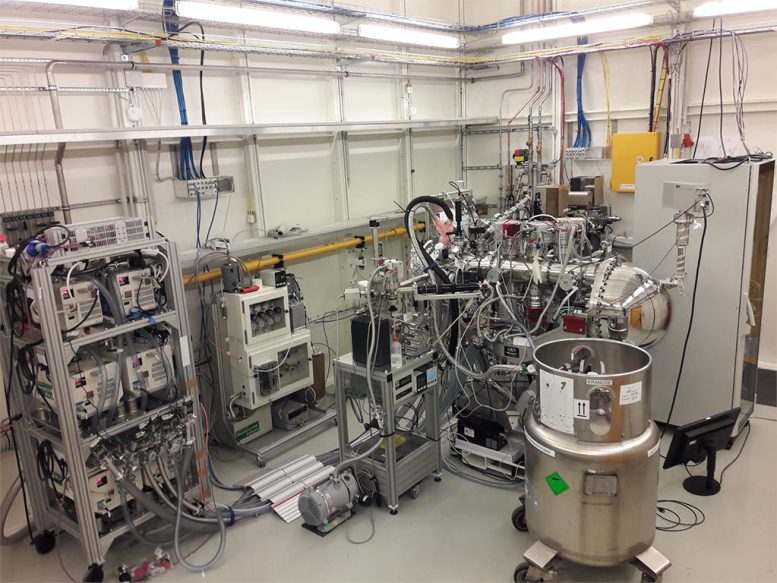
The photoelectron spectroscopy instrument was built at Stockholm University and allows studies of catalyst surfaces under high pressures. Credit: Peter Amman
“What enabled this study is that we have built a photoelectron spectroscopy instrument in Stockholm that allows studies of catalyst surfaces under high pressures. Thereby, we have been able to observe what happens when the reaction occurs directly,” says David Degerman, Postdoc in Chemical Physics at Stockholm University. “We have opened a new door into understanding ammonia production catalysis with our new instrument where we now can detect reaction intermediates and provide evidence for the reaction mechanism.”
“To have our Stockholm instrument at one of the brightest x-ray sources in the world at PETRA III in Hamburg has been crucial to conduct the study”, says Patrick Lömker, Researcher at Stockholm University. “We can now imagine the future with even brighter sources when the machine upgrades to PETRA IV.”
Future Prospects and Environmental Impact
“We now have the tools to conduct research leading to new catalyst materials for ammonia production that can be used better to fit together with electrolysis-produced hydrogen for the green transition of the chemical industry,” says Anders Nilsson.
“It is inspiring to conduct research on a topic that is so linked to a scientific success story that has helped humanity tremendously. I am eager to continue research to find new catalysts that can lessen our dependence on fossil sources. The chemical industry alone accounts for 8% of the worldwide CO2 emissions,” says Bernadette Davies, PhD student in Materials Chemistry at Stockholm University.
“The long-term prospect of carrying out ammonia production through an electrocatalytic alternative that is directly driven by solar, or wind electricity is most appealing, and now we have tools to scientifically assist in this development,” says Sergey Koroidov, Researcher at Stockholm University.
Reference: “Operando probing of the surface chemistry during the Haber–Bosch process” by Christopher M. Goodwin, Patrick Lömker, David Degerman, Bernadette Davies, Mikhail Shipilin, Fernando Garcia-Martinez, Sergey Koroidov, Jette Katja Mathiesen, Raffael Rameshan, Gabriel L. S. Rodrigues, Christoph Schlueter, Peter Amann and Anders Nilsson, 10 January 2024, Nature.
DOI: 10.1038/s41586-023-06844-5
The study was conducted in collaboration with Deutsches Elektronen-Synchrotron (DESY) in Hamburg and the Montan University in Austria. The study included former employees at the University, Chris Goodwin, Peter Amann, Mikhail Shiplin, Jette Mathiesen and Gabriel Rodrigez.
The study was funded by the Knut and Alice Wallenberg Foundation and the Swedish Research council.


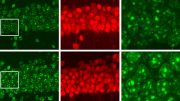



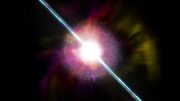
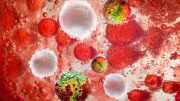
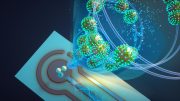
Be the first to comment on "Transforming Fertilizer Production: True Mechanism of Ammonia Catalysis Revealed"